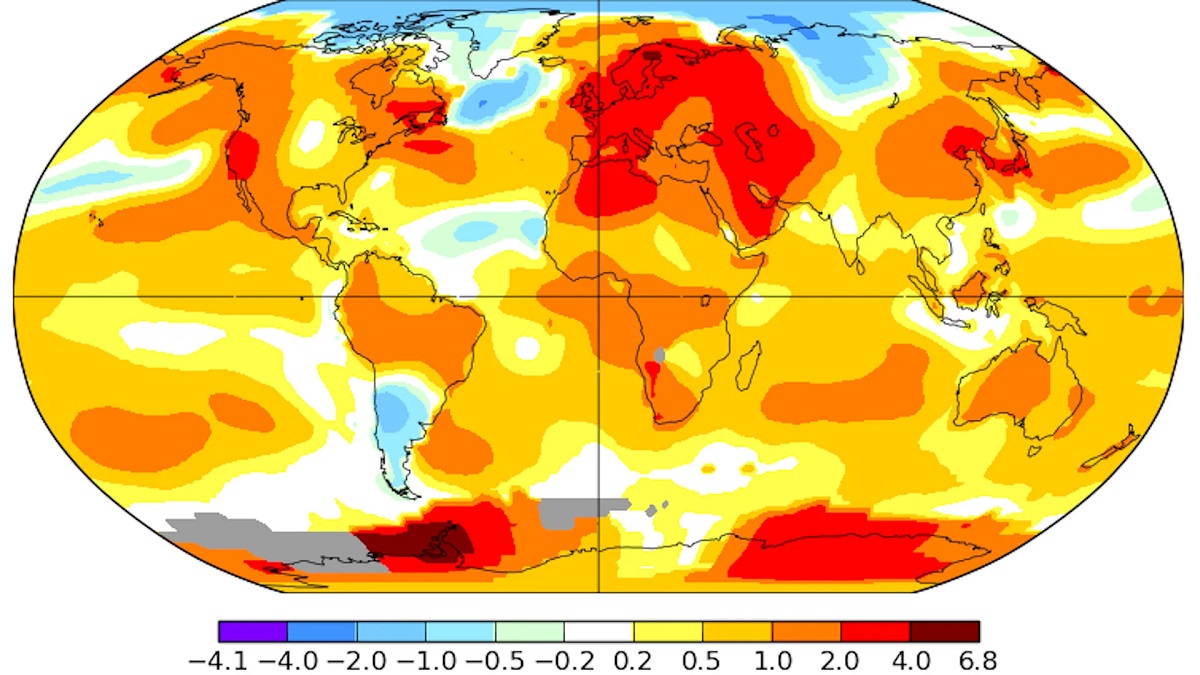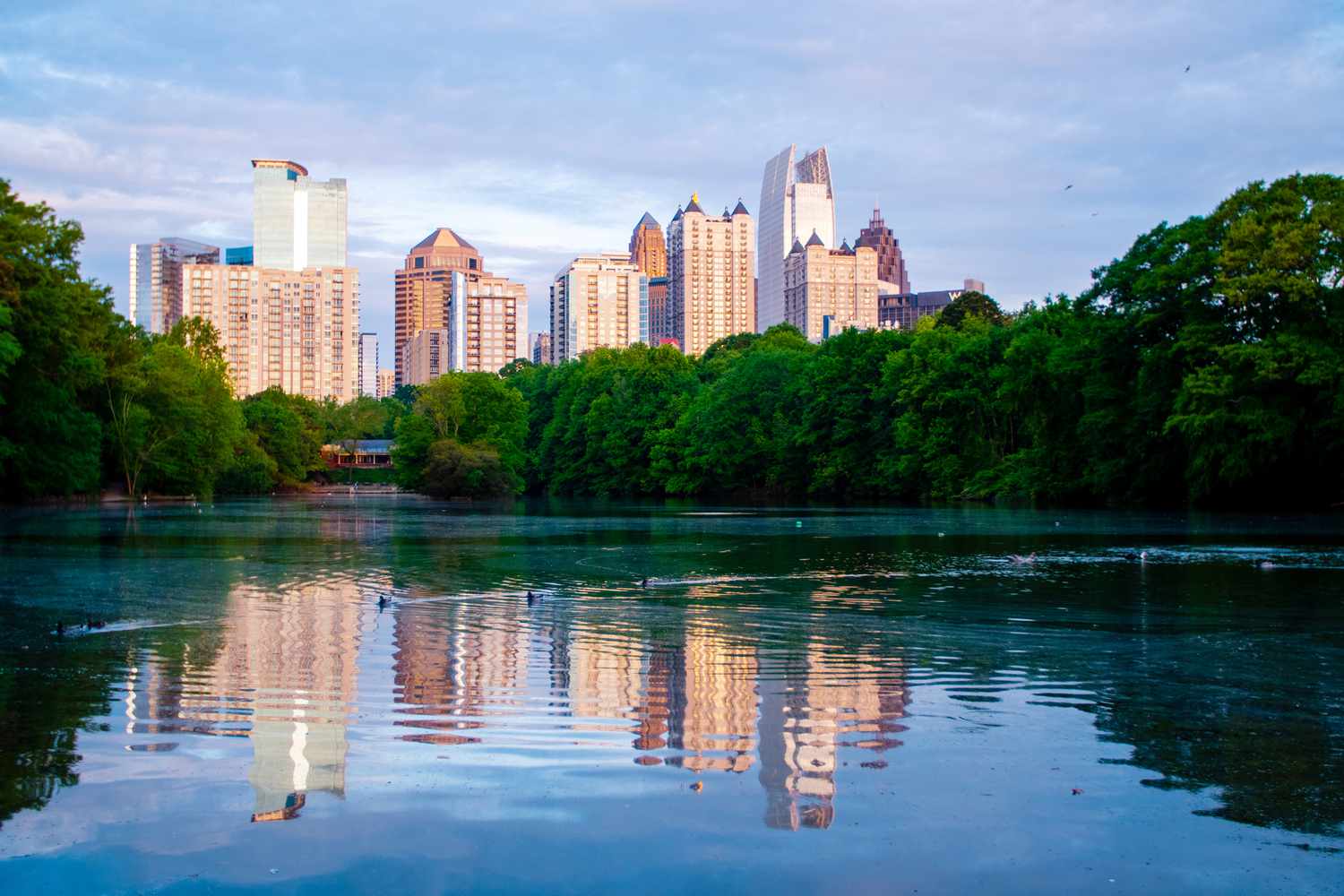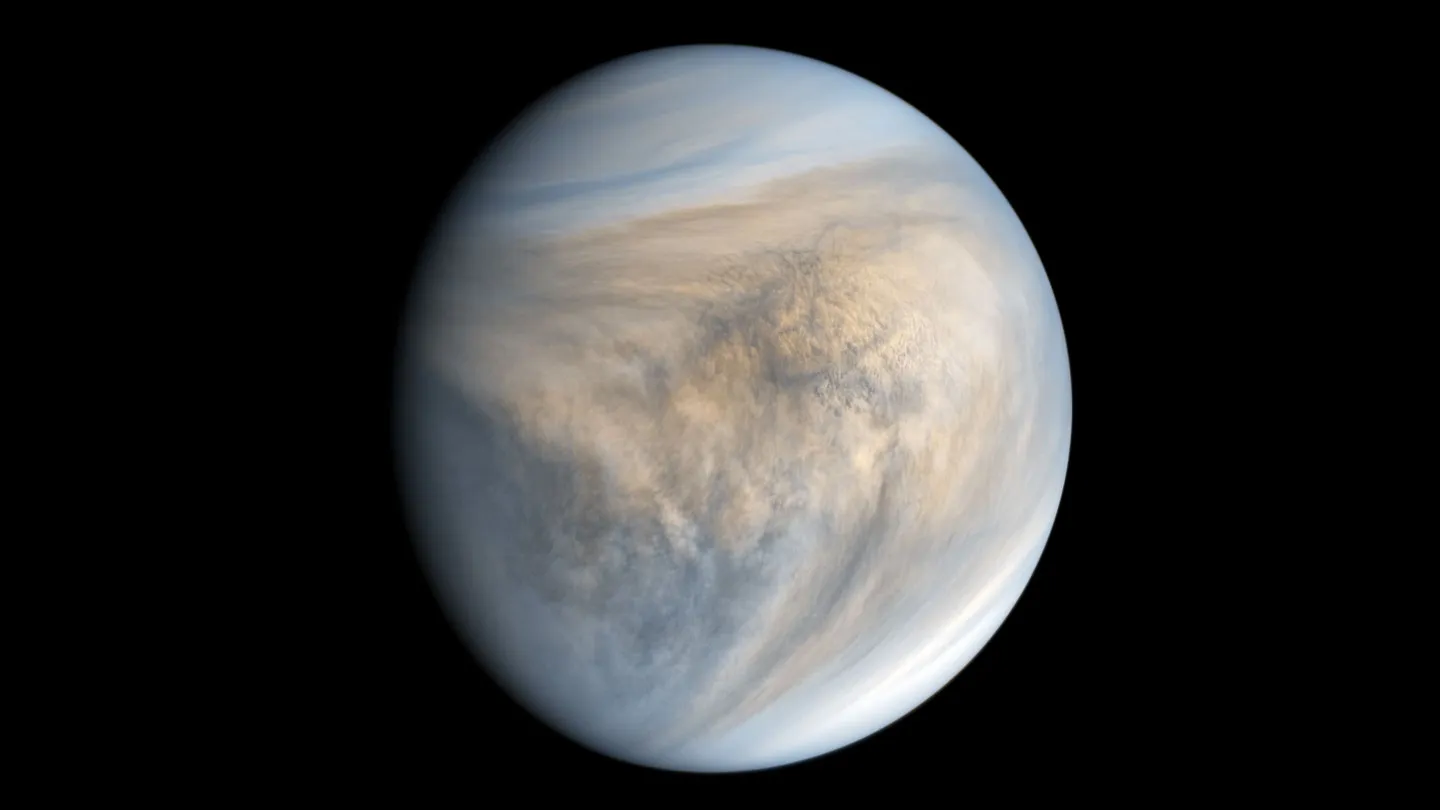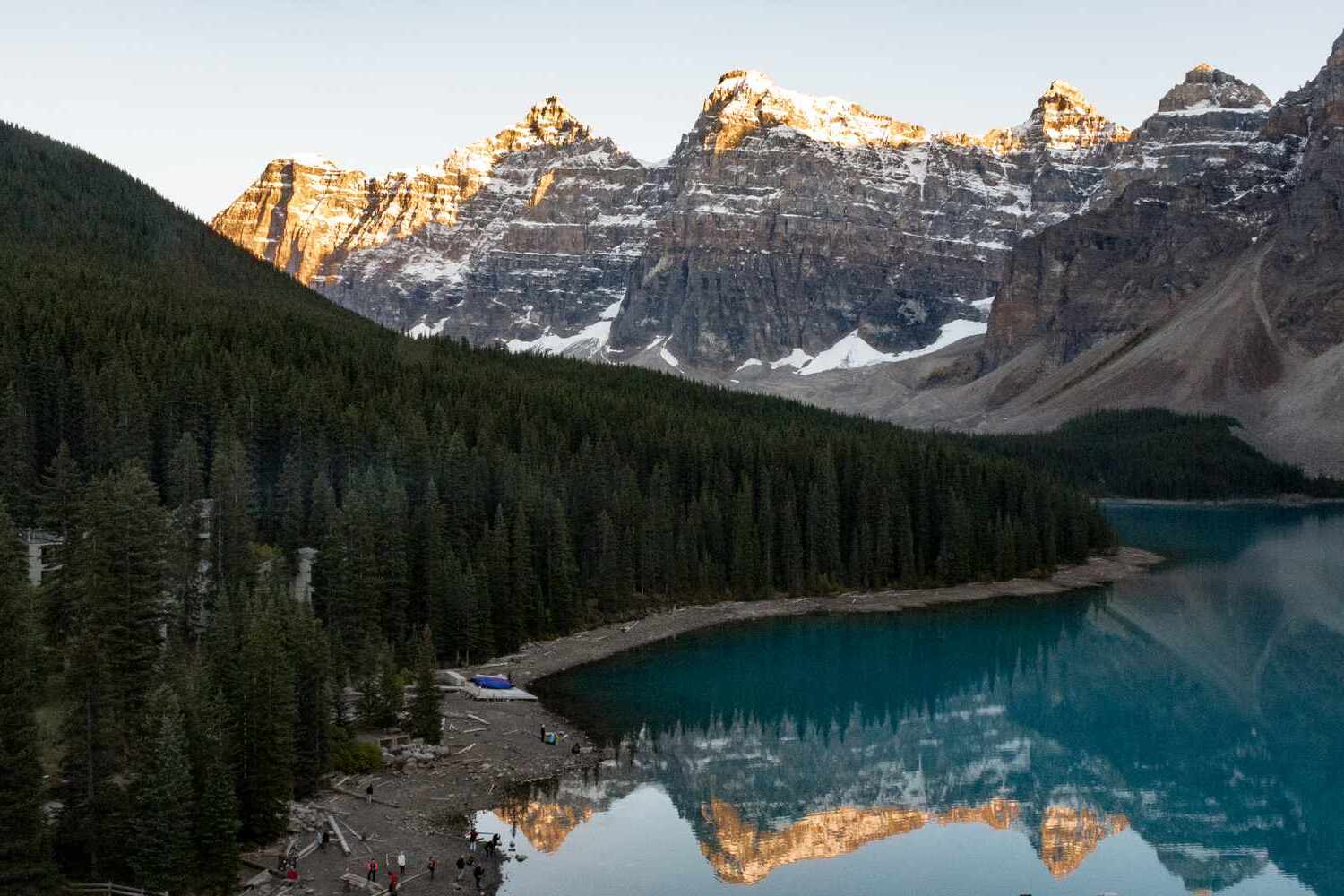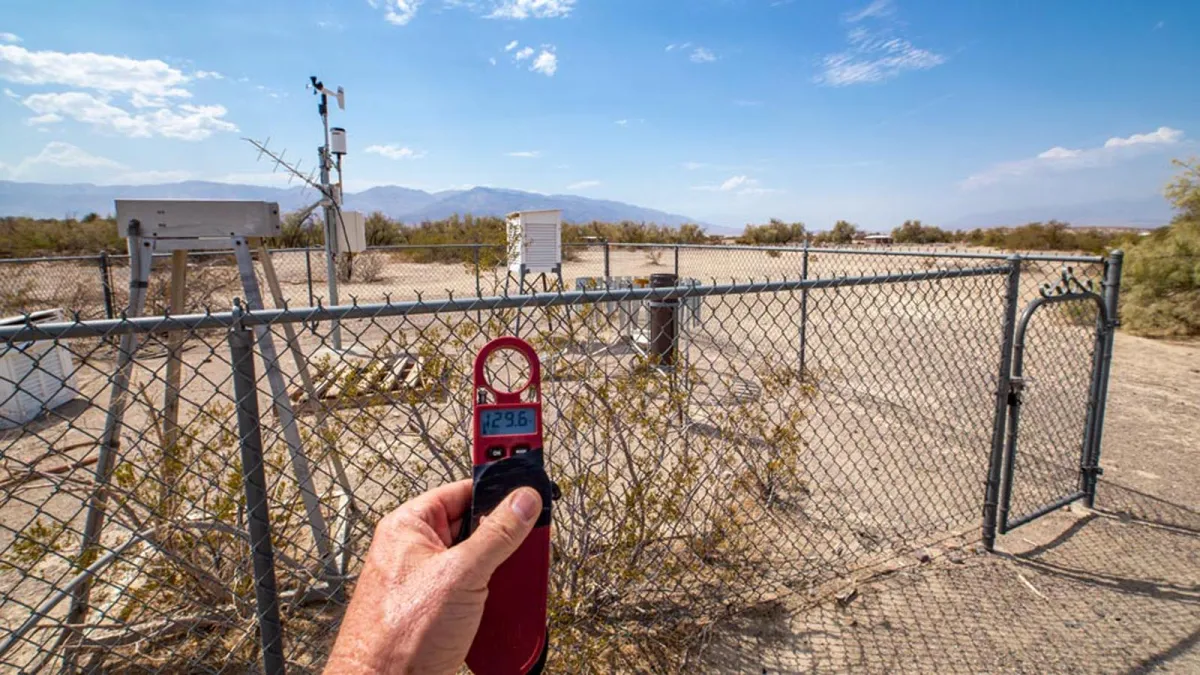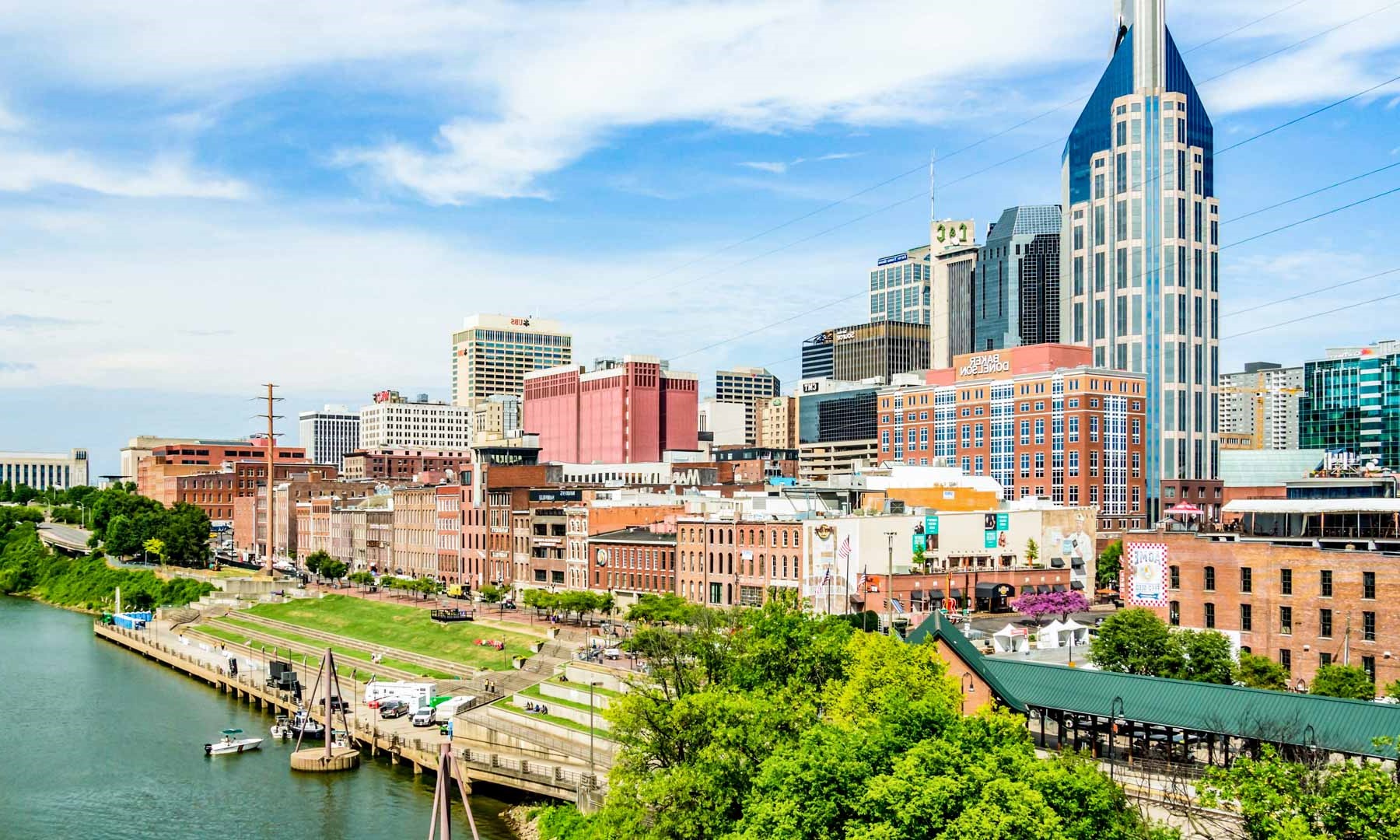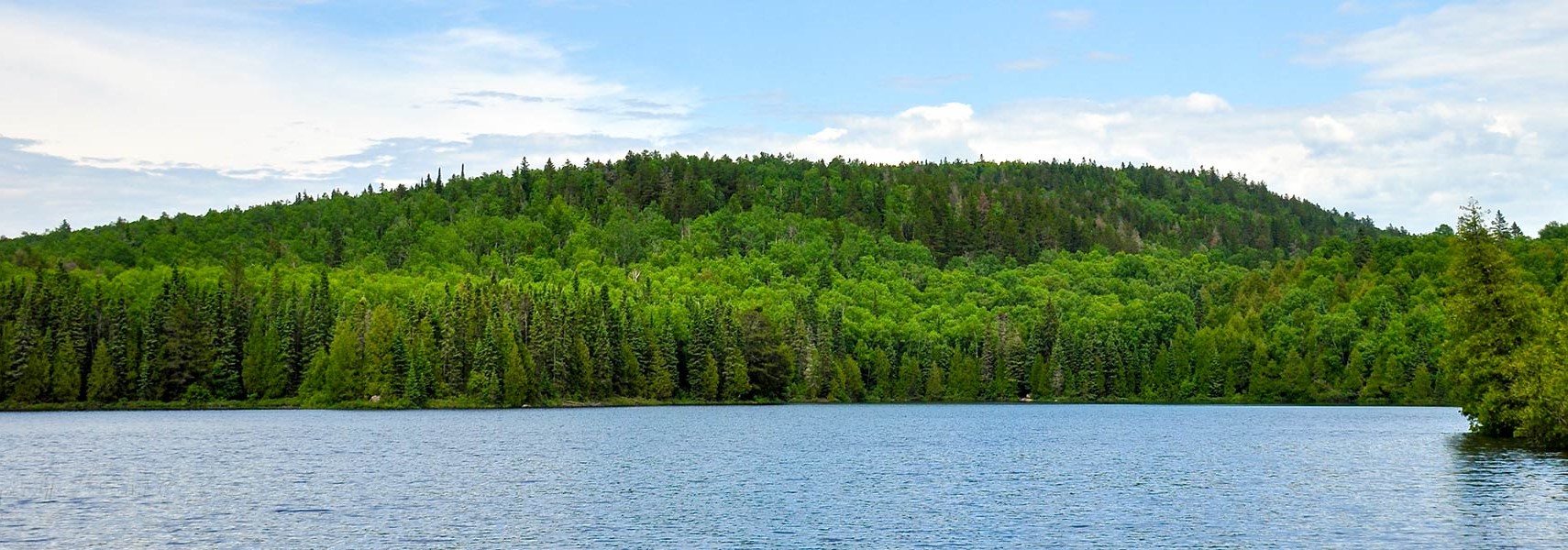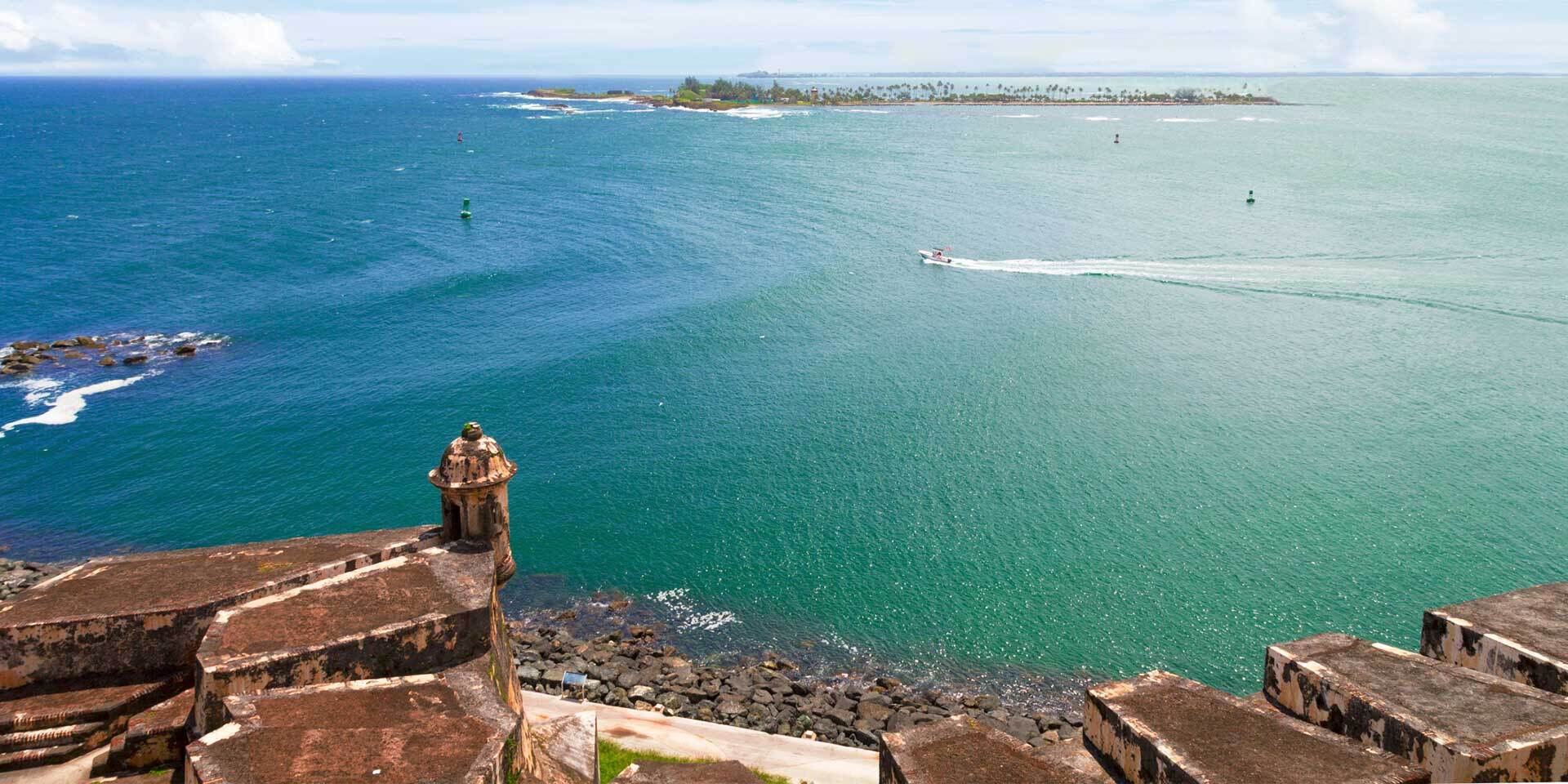Home>Weather and Climate>Unlikely Consequences Of Rising Arctic Temperatures
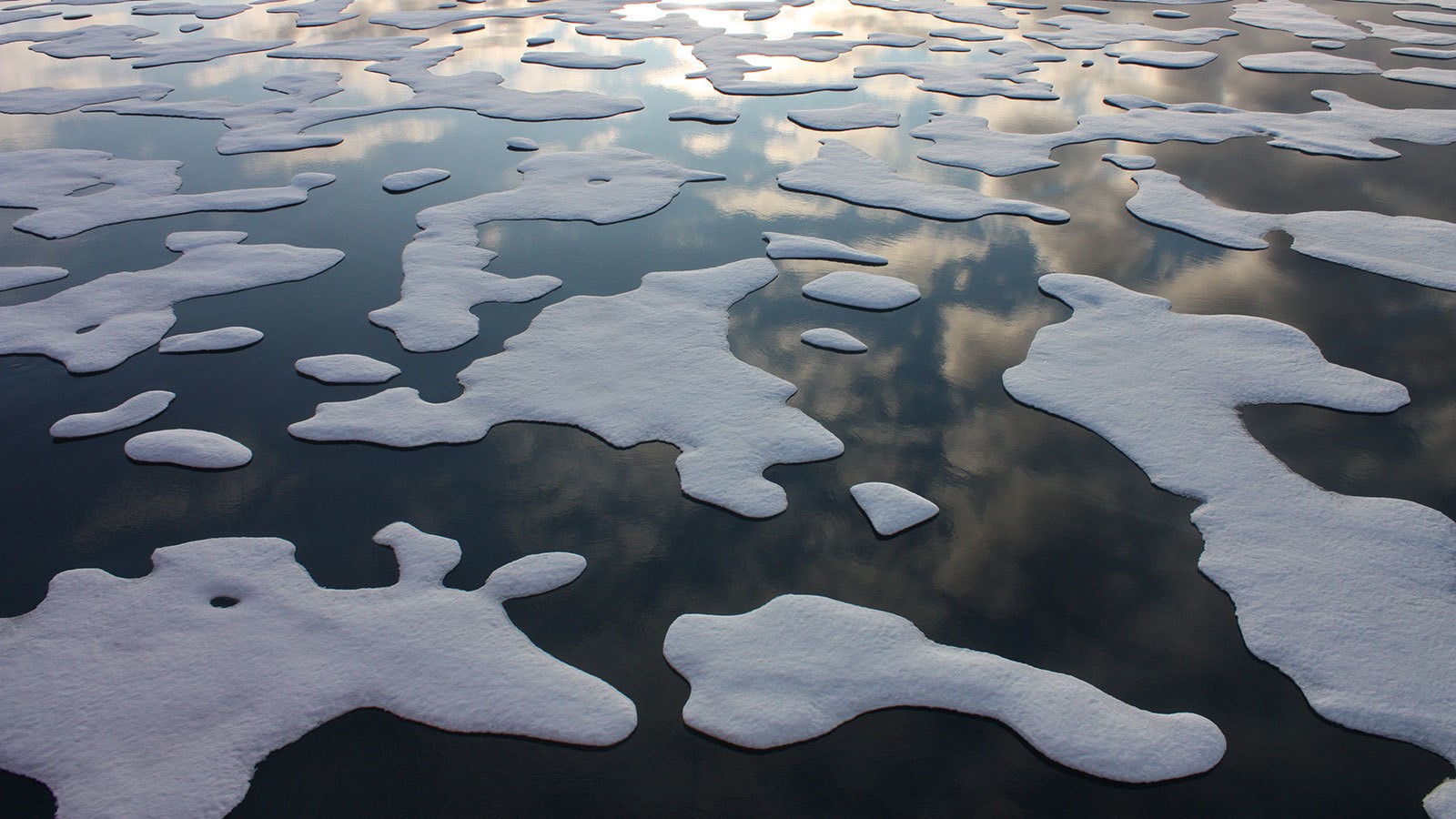

Weather and Climate
Unlikely Consequences Of Rising Arctic Temperatures
Published: March 6, 2024
Discover the unexpected impacts of increasing Arctic temperatures on weather and climate. Explore the potential consequences and implications of this environmental shift.
(Many of the links in this article redirect to a specific reviewed product. Your purchase of these products through affiliate links helps to generate commission for Temperatures.com, at no extra cost. Learn more)
Table of Contents
Impact on Indigenous Communities
The rising temperatures in the Arctic have brought about a myriad of challenges for the indigenous communities that have called this region home for generations. These communities, such as the Inuit, Yupik, and Saami, have developed unique ways of life that are intricately tied to the land, sea, and ice. The rapid changes in the Arctic climate have had profound impacts on their traditional practices, cultural identity, and overall well-being.
-
Disruption of Traditional Hunting and Fishing: The warming of the Arctic has led to the thinning and melting of sea ice, making it increasingly hazardous for indigenous hunters to traverse the once-familiar frozen landscapes. This has disrupted their ability to hunt for marine mammals, such as seals and walruses, and has also affected the timing and success of fishing expeditions. As a result, the availability of traditional food sources has become unpredictable, posing food security challenges for these communities.
-
Loss of Cultural Heritage: The indigenous communities of the Arctic have a deep spiritual and cultural connection to the land and its resources. The changing climate has not only impacted their physical sustenance but has also threatened the preservation of their cultural heritage. Traditional knowledge passed down through generations, including navigation techniques, weather predictions, and hunting strategies, is becoming less reliable as the environment undergoes rapid transformation.
-
Health and Well-being: The upheaval in traditional hunting and fishing practices, coupled with the erosion of cultural traditions, has taken a toll on the mental and physical well-being of indigenous peoples in the Arctic. The loss of access to traditional foods, which are rich in nutrients and essential for a balanced diet, has contributed to an increase in diet-related health issues. Additionally, the psychological stress resulting from the disruption of age-old customs and the uncertainty of adapting to a rapidly changing environment has had profound effects on the mental health of these communities.
-
Social and Economic Impacts: The changing climate has also brought about social and economic challenges for indigenous communities. The reliance on traditional hunting and fishing for sustenance and economic livelihood has been significantly affected. Moreover, the erosion of coastlines and the loss of infrastructure due to thawing permafrost have forced some communities to consider relocation, leading to social dislocation and the potential loss of ancestral ties to the land.
The impact of rising Arctic temperatures on indigenous communities is a poignant reminder of the interconnectedness of climate, culture, and human well-being. As the world grapples with the implications of climate change, it is imperative to recognize and address the unique challenges faced by these resilient and resourceful communities in the Arctic. Efforts to mitigate the effects of climate change must be inclusive of indigenous perspectives and knowledge, honoring their deep connection to the environment and their invaluable contributions to sustainable coexistence with the natural world.
Changes in Wildlife Migration Patterns
The Arctic region is home to a diverse array of wildlife, from iconic species like polar bears and Arctic foxes to migratory birds and marine mammals. The delicate balance of this ecosystem is intricately linked to the seasonal rhythms of migration, as animals traverse vast distances in search of food, breeding grounds, and favorable habitats. However, the escalating temperatures in the Arctic have set in motion a series of transformations in wildlife migration patterns, reshaping the dynamics of this fragile ecosystem.
Disrupted Migration Routes
The warming climate has disrupted the traditional migration routes of many Arctic species. For example, caribou herds, which have historically undertaken extensive seasonal migrations in search of food and suitable calving grounds, are facing challenges as their traditional routes become increasingly unpredictable. The changing distribution of vegetation, altered patterns of snow cover, and the earlier onset of spring have led to shifts in the availability of forage along their migration paths, impacting the survival and reproductive success of these iconic animals.
Impact on Marine Life
Marine species, such as whales, seals, and fish, are also experiencing significant changes in their migration patterns. The reduction of sea ice cover and the warming of ocean waters have influenced the distribution and abundance of prey species, affecting the migratory behaviors of predators. For instance, the retreat of sea ice has altered the timing and pathways of marine mammal migrations, posing challenges for their ability to access traditional feeding areas and breeding grounds.
Ecological Implications
The alterations in wildlife migration patterns have far-reaching ecological implications. Disruptions in the timing and routes of migration can lead to imbalances in predator-prey relationships, impacting the dynamics of food webs and the overall health of the Arctic ecosystem. Furthermore, the changing migration patterns of herbivores can influence vegetation dynamics, with potential consequences for the structure and composition of plant communities across the tundra and taiga landscapes.
Adaptation and Resilience
While the changing climate presents formidable challenges for Arctic wildlife, these species have demonstrated remarkable resilience and adaptability. Some animals have shown signs of adjusting their migration timing and routes in response to environmental shifts, showcasing their ability to cope with changing conditions. However, the pace and magnitude of climate change pose unprecedented challenges, requiring a deeper understanding of the complex interactions between wildlife, their habitats, and the changing Arctic environment.
Conservation and Management
The evolving migration patterns of Arctic wildlife underscore the urgency of proactive conservation and management efforts. It is essential to monitor and assess the impacts of climate change on migratory species, identify critical habitats, and implement measures to safeguard key migration corridors and breeding areas. Collaborative initiatives involving indigenous knowledge, scientific research, and conservation organizations are crucial for developing adaptive strategies that support the resilience of migratory wildlife in the face of ongoing environmental transformations.
The shifting migration patterns of Arctic wildlife serve as a poignant reminder of the intricate interplay between climate change and the natural world. As these ecosystems continue to evolve, it is imperative to prioritize the protection of migratory pathways and the preservation of vital habitats, ensuring the long-term viability of iconic species and the ecological integrity of the Arctic landscape.
Increased Coastal Erosion
The escalating temperatures in the Arctic have triggered a profound and visible transformation along its coastlines, leading to increased coastal erosion. The once-frozen shores, held in place by sea ice and permafrost, are now vulnerable to the relentless forces of waves and storms, resulting in the rapid loss of land and the reshaping of coastal landscapes.
Vulnerability of Permafrost
One of the primary drivers of coastal erosion in the Arctic is the thawing of permafrost, the perennially frozen ground that underlies much of the region. As temperatures rise, permafrost destabilizes, causing the land to slump and collapse into the sea. This process, known as thermokarst, is exacerbated by the loss of insulating sea ice, which exposes the coastline to the erosive action of waves, accelerating the rate of erosion.
Impact on Communities and Infrastructure
The consequences of increased coastal erosion extend beyond the natural environment, profoundly affecting indigenous communities and vital infrastructure. Coastal villages and settlements, once situated on stable ground, are now at risk of being engulfed by the encroaching sea. Erosion threatens homes, cultural sites, and essential facilities, compelling communities to confront the urgent need for relocation and adaptation.
Ecological Ramifications
Coastal erosion in the Arctic also has significant ecological ramifications. The loss of land disrupts the nesting and foraging habitats of migratory birds, such as shorebirds and waterfowl, which rely on the coastal areas for breeding and feeding. Additionally, the release of organic carbon from eroding coastlines contributes to the input of nutrients into marine ecosystems, influencing the dynamics of nearshore food webs and the productivity of coastal waters.
Mitigation and Adaptation Strategies
Addressing the challenges posed by increased coastal erosion demands a multifaceted approach that integrates scientific research, community engagement, and proactive measures. Coastal protection initiatives, such as the strategic placement of erosion-control structures and the restoration of vegetation along vulnerable shorelines, can help mitigate the impacts of erosion and stabilize coastal areas. Furthermore, the integration of traditional knowledge and innovative engineering solutions is essential for developing adaptive strategies that align with the needs and aspirations of affected communities.
Collaborative Efforts for Resilience
The urgency of addressing coastal erosion in the Arctic calls for collaborative efforts that transcend disciplinary boundaries and foster partnerships between indigenous communities, governmental agencies, and research institutions. By combining traditional wisdom with scientific expertise, it is possible to co-create sustainable solutions that safeguard coastal environments, preserve cultural heritage, and enhance the resilience of coastal communities in the face of ongoing environmental changes.
The phenomenon of increased coastal erosion in the Arctic serves as a poignant reminder of the intricate interplay between climate change, coastal dynamics, and human-environment interactions. As the region continues to undergo rapid transformations, proactive measures and inclusive approaches are essential for mitigating the impacts of coastal erosion and fostering the long-term sustainability of Arctic coastal ecosystems and communities.
Shifts in Global Weather Patterns
The warming of the Arctic region has reverberated across the globe, influencing weather patterns and climatic phenomena in distant regions. The intricate interplay between the Arctic and the global climate system has led to discernible shifts in weather dynamics, impacting atmospheric circulation, precipitation patterns, and extreme events on a planetary scale.
Altered Atmospheric Circulation
The escalating temperatures in the Arctic have disrupted the balance of atmospheric circulation, leading to far-reaching consequences for weather patterns in the mid-latitudes. The weakening temperature gradient between the Arctic and lower latitudes has been linked to a phenomenon known as Arctic amplification, wherein the Arctic warms at a faster rate than the rest of the planet. This imbalance has the potential to influence the behavior of jet streams, the high-altitude, fast-flowing air currents that play a pivotal role in shaping weather systems. As a result, the meandering and slowing of jet streams can contribute to the persistence of weather patterns, leading to prolonged periods of heat, cold, drought, or heavy precipitation in various regions.
Impact on Precipitation
The changing Arctic climate has implications for global precipitation patterns, affecting the distribution and intensity of rainfall and snowfall. The altered atmospheric circulation can lead to shifts in the tracks of storm systems, influencing the geographic distribution of precipitation. For instance, changes in the behavior of jet streams can result in the stalling of weather systems, leading to prolonged periods of rainfall or drought in specific areas. Furthermore, the melting of Arctic sea ice can contribute to changes in atmospheric moisture content, potentially influencing the frequency and intensity of extreme precipitation events in regions far beyond the Arctic.
Intensification of Extreme Events
The influence of Arctic warming on global weather patterns is also evident in the intensification of extreme weather events. The altered atmospheric circulation and moisture dynamics can contribute to the amplification of heatwaves, cold spells, hurricanes, and heavy rainfall events in various parts of the world. The cascading effects of these extreme events can have profound implications for ecosystems, agriculture, infrastructure, and human well-being, underscoring the interconnected nature of the Earth's climate system.
Implications for Resilience and Adaptation
The shifts in global weather patterns driven by Arctic warming highlight the need for enhanced resilience and adaptation strategies at local, regional, and global scales. Understanding the complex interactions between the Arctic and the broader climate system is essential for developing proactive measures to mitigate the impacts of changing weather patterns. Moreover, collaborative efforts that integrate scientific research, climate modeling, and community engagement are crucial for enhancing preparedness and adaptive capacity in the face of evolving climatic dynamics.
The far-reaching influence of Arctic warming on global weather patterns underscores the imperative of addressing climate change as a shared global challenge. By recognizing the interconnectedness of regional climate changes and their global repercussions, it becomes evident that concerted action and international cooperation are essential for fostering climate resilience and sustainability across the planet.
Effects on Permafrost and Infrastructure
The impact of rising temperatures in the Arctic extends deep beneath the surface, where vast expanses of permafrost, the perennially frozen ground, are undergoing profound changes. The destabilization of permafrost due to climate warming has far-reaching implications for infrastructure, ecosystems, and the overall stability of the Arctic landscape.
Thawing Permafrost
The warming climate has triggered the thawing of permafrost across the Arctic region, leading to the destabilization of previously frozen ground. As permafrost thaws, the ground becomes susceptible to subsidence and erosion, posing significant challenges for the infrastructure built upon it. Roads, buildings, and other man-made structures are vulnerable to the uneven settling and deformation caused by the thawing permafrost, necessitating costly repairs and adaptations to maintain their functionality and safety.
Infrastructure Vulnerability
The effects of thawing permafrost on infrastructure are particularly pronounced in Arctic communities, where homes, utilities, and transportation networks are intricately linked to the stability of the underlying ground. The shifting and sagging of buildings and roads due to permafrost degradation not only compromise structural integrity but also disrupt essential services and transportation routes. Moreover, the erosion of coastal permafrost undermines the stability of shoreline infrastructure, including harbors, seawalls, and protective barriers, amplifying the vulnerability of coastal communities to the encroachment of the sea.
Economic and Social Impacts
The repercussions of permafrost thaw on infrastructure extend beyond physical damage, encompassing broader economic and social impacts. The need for continuous maintenance and reinforcement of infrastructure in permafrost-affected areas imposes significant financial burdens on local governments and communities. Furthermore, the disruption of transportation networks and the deterioration of housing conditions can impede access to essential services, healthcare, and educational facilities, affecting the overall well-being and resilience of Arctic residents.
Environmental Consequences
The thawing of permafrost also has environmental consequences, as it contributes to the release of greenhouse gases, including carbon dioxide and methane, previously locked within the frozen ground. The microbial decomposition of organic matter in thawing permafrost generates these potent greenhouse gases, amplifying the feedback loop of climate change. The release of these gases further exacerbates global warming, perpetuating a cycle of environmental change with far-reaching implications for the Earth's climate system.
Adaptation and Mitigation Strategies
Addressing the effects of permafrost thaw on infrastructure requires a multifaceted approach that integrates engineering solutions, community engagement, and proactive planning. Innovative construction techniques, such as thermosyphons and insulated foundations, can help mitigate the impacts of permafrost thaw on buildings and roads. Additionally, the integration of traditional knowledge and modern engineering practices is essential for developing adaptive strategies that align with the unique environmental and cultural context of Arctic communities.
The effects of permafrost thaw on infrastructure in the Arctic underscore the urgency of proactive measures to enhance the resilience of built environments in the face of ongoing climate change. By prioritizing sustainable infrastructure design, collaborative research, and community-driven adaptation strategies, it is possible to mitigate the impacts of permafrost degradation and foster the long-term sustainability of Arctic communities and ecosystems.
